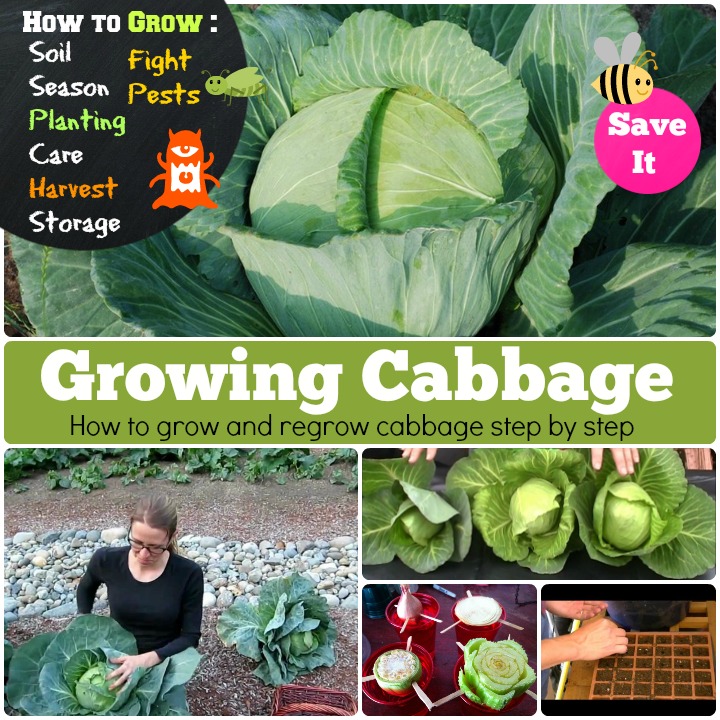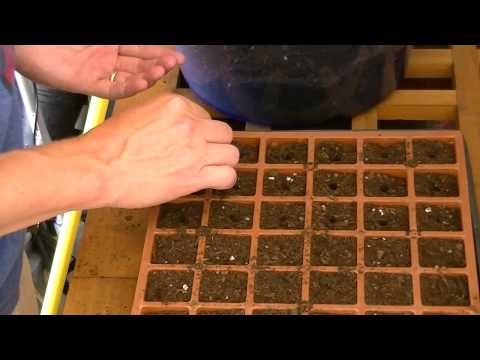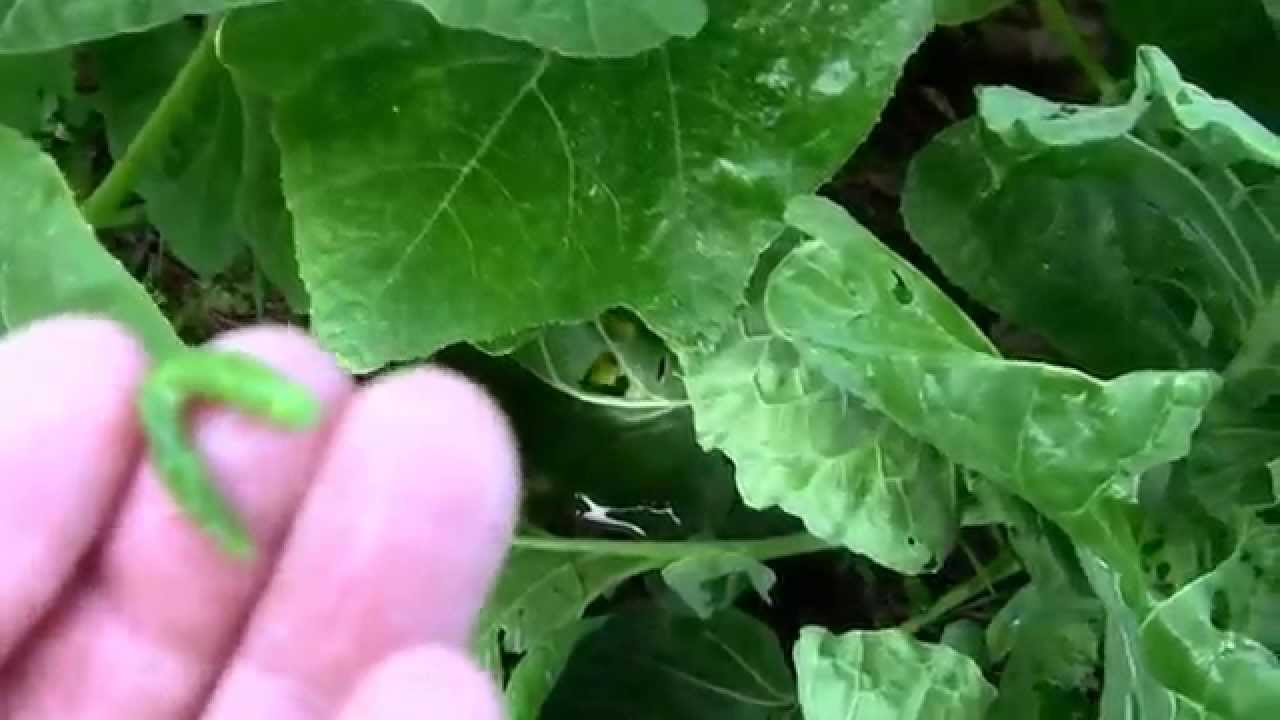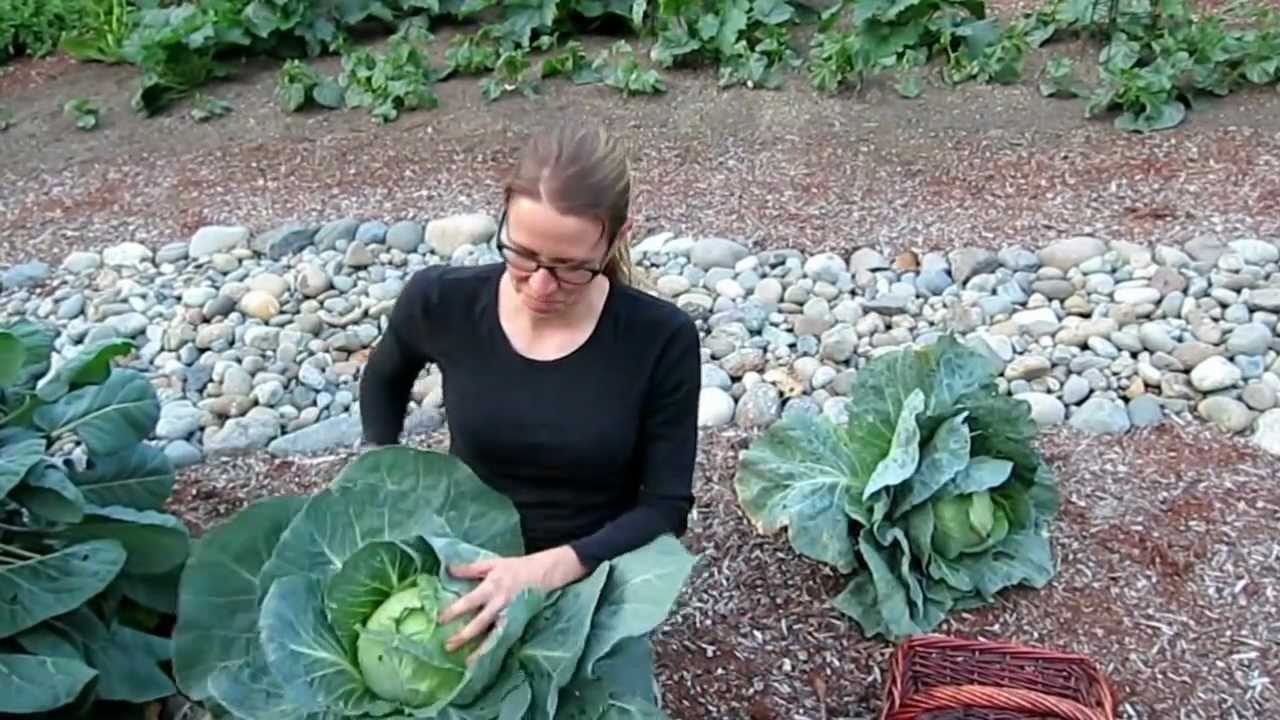Cabbage is the main vegetable that has a head of green leaves, which is considered as one of the nutrient edible veggies around. The head of this leafy vegetable generally could come in three different shades in green, purple and white along with a measurement of 1 to 4 kilograms in diameter. This vegetable belongs to the Brassica Oleracea species and originally came from the European continent. These days, cultivating cabbage in your own garden area is a not a big deal to handle at all! Thus, numerous gardeners dare to pick this vegetable to grow in their own capability, whether it is in their backyard space or any indoor area. Let’s check out the right procedure of growing cabbage at home, before starting the cultivation-
How to Grow Cabbage:
1. Soil
- Cabbage needs rich soil to get their perfect nourishments for growth, thus always prepare your soil with adequate fertilizer and compost mix.
- This vegetable requires soil which is enriched with nitrogen, phosphorous and potassium content.
- Keep the pH level of your soil within 6.5 to 6.8 throughout the whole growing season.
- Try to maintain the temperature of your soil about 75 ̊ F, at least till he germination of your cabbage seeds.
- This plant needs wet and cool climate for all its growing season, but not the soaked or muggy atmosphere, so always check for the proper drainage system of the soil.
- Remember that only buds-free smooth soil can achieve well-drained quality and provide the perfect climate to the roots of your plant, at the same time!
- Cabbage plants couldn’t stand at the outer circumstance of a garden area directly, so it will be better to start the seedling at indoor space, and then transplant your cabbage plant into the garden. However, try to retain the equal type of rich soil for the both purposes.
2. Season
- Cabbage is the vegetable of winter and grows best in the late spring or fall season.
- You can start the planting or seedling process 4 to 5 weeks before the last frost.
- Some gardeners begin the planting 6 to 8 weeks before the last spring frost, especially, when they are cultivating this vegetable in their indoor space.
- Transplanting of your newly sprouted cabbage plants into the garden would be best only 2 or 3 weeks before the last frost.
- Fall cabbage should plant 6 to 7 weeks before the first frost or similar times.
- Maintain an average temperature of 60 ̊ F around your cabbage plants, once they get germinated naturally.
3. Planting
- To plant your cabbage plants, bring some fresh cabbage seeds from the market first.
- Now, prepare the soil with some organic fertilizer, compost and sand base soil mixture. Make sure that your garden soil has the equal percentage of nitrogen, phosphorus and potassium in its every bit.
- You can start the seedling in a seeding planter if you want! In that case, have some peat moss with the potting mix and fill the planter with this.
- Then, dig some hole in a planter with your finger and put 2 to 3 seeds into each hole.
- Then, cover the seeds with some additional potting mix and water thoroughly from the top.
- It would be better if you can use a sprayer to sprinkle the water, as that wouldn’t disturb the seeds at the primary stage!
- After that, place the planter on a windowsill where they could get sunlight with partial shade.
- Once you see the germination begins, wait for the proper growth for transplanting them into your garden area.
- When, the plants reach the height of 3 inches long, transplant them in your preselected garden space.
- For transplanting them, dig some hole with the depth of 2inch into the soil in a row and make certain that holes are 12 to 24 inches apart from each other.
- Now, cover the holes with some more fertilized soil and to tighten up the root.
- Now, water thoroughly and make sure that you are providing at least 1.5 inches water to your cabbage plants on each week of its growing season.
- After that, take suitable care of your plants if you want to get a handful of healthy crops at the end of your task.
4. Care
- There are a lot more things do in the shake of caring cabbage plant, besides watering and fertilizing them frequently and providing a perfect mulching system is just one of them!
- After transplanting your cabbage plants in your garden area, mulch them thickly to regulate the perfect temperature to your soil and clutch the moisture for a long period.
- Cabbage is a heavy feeder plant, so fertilizer more frequently than other vegetables to provide them proper nourishment to roots as well as the leaves.
- While each plant arrives the height of 5-inch tall, prune them, and remove all unwanted bushier leaves from the plants to allow the head enough space to grow to the utmost.
- Water at least 1.5 to 2-inch per week and keep the moist for the foremost times of the day.
- Protecting your plants from every troubleshooting or possible crisis is one significant attempt of taking care of your cabbage plants, hence; let’s check out some methods of this category as well!
Growing cabbage from seeds
Below video contains tips on how to grow cabbage, when to add fertilizer and what type of soil to choose and when to harvest the cabbages.
5. Pests and Diseases:
The tasty leafy vegetable cabbage and its plant easily infected by some typical pests or worms or filthy diseases and unfortunately lost its fresh and scrumptious quality entirely. So, it is essential to get proper protection from the beginning to defend or get rid of such trouble from its root! Anthracnose, Alternaria leaf spot, bacterial soft rot, blackleg, black rot, clubroot, damping off, white leaf spot, downy mildew, etc. are some fungal infection that could occur because of improper climate and harm your crop unconditionally. Aphids, cabbage root maggots, flea beetle, cutworms, beet armyworm, cabbage looper, diamondback moth, large cabbage white, Thrips, etc. are some common insects which could harm cabbage and its equivalent vegetables hugely.
Fungal or bacterial infection should control before its occurring by providing sunny and soaked-free climate to your plants. But, once they attack your plants then, it is better to pull that portion out from the main part to protect the rest plant from their attack! You can use an organic fungicide on the affected area as well or crush the side with your hand to depart it from the main plant. We will recommend you to supply full sun heat and avoid over watering to get rid of such crisis.
How to control cabbage worms : controlling cabbage worms.
The leafy and stuffed head of the cabbage easily lure insects towards it and once they get contaminated, it is even tougher to remove them entirely from the plant! However, you can try some effective mulch objects to get protection or could make a barrier around your cabbage field. Using pesticide or soapy water are some frequent ways to such disgusting things properly. Always use pathogen-free seeds for your cultivation to avoid this type of trouble and apply silver colored plastic as mulch to get total protection from any sort of these grubby insects.
Idea : growing cabbage from core – regrow cabbage from core and leaf and what are the results ?
Cabbage When to Harvest and Cabbage Storage:
6. Harvest
- When you realize that the head of your cabbages are firm and the interior is dense, then you can start your harvesting process immediately.
- Check for the perfect size of a fully ripen cabbage too, before harvesting them from the plant; however, the size depends on the variety of your cabbage which one you have chosen to cultivate!
- Generally, cabbage takes around 70 to 75 days to reach the perfect ripe form after planting.
- When you are sure enough about the perfect form, take a sharp knife and cut each head down from its base.
- After cutting it out of the plant, remove it from the direct sun heat and bring each cabbage inside or under some shades immediately.
When to harvest cabbage and how to
Tips and ideas to know whether your cabbage is ready t be harvest or it needs some more time on ground to yield you better.
7. Storage
- Now it’s time to store or preserve your homegrown cabbage in a proper way and for that clear each piece flawlessly first.
- To clear the cabbages, take away entire stem or root parts, if there are still any and discard the unwanted outer leaves from every single piece.
- You can keep each cabbage in the crisper in your refrigerator for more than 2 or 3 days.
- If you want to store them for a more extended period then wrap your cabbages in a plastic bag before putting them in the crisper.
- You can even use some plastic vegetable store bag as well to wrap the uncut or sliced cabbages.
- Just remember to keep the temperature around 40 ̊ F to 58 ̊ F, especially, if you want them to store for more than 1 week!
Idea: Detailed tips and ideas on growing cabbage – cabbage farming.
Regrow Cabbage from kitchen scraps
Growing Cabbage in Container
- To grow cabbages in a container take a 5-gallon planter or pot with 3 or 4 drainage holes.
- At first, cover the holes with a porous material so then, the drainage system can work exactly we want. You can use some pieces of clay pot for this purpose as well.
- Now, make a soil mix with peat moss, vermiculite, perlite, and some other beneficial fertilizers.
- Fill the container with this mix, leave a 1-inch gap from the top, and have some extra soil mixture to use them after sowing the plants or seeds.
- Then, dig 2 or 3 holes into the container with 1-inch depth and sow some seeds or sprouted seeds into the each hole.
- Finally, cover them up with the rest potting mix and water them thoroughly with a watering pipe.
- Keep watering until you see that the extra watering is leaking out from the bottom.
- Now keep the planter in a window where it can get partial sunlight for the adequate growth.
- After 3 weeks of the plantation, your plants need fertilizer for its proper nourishment. Try to use liquid plant food to provide the best nutrition to the roots.
- Water them regularly or whenever you found that the soil seems dry of out of moisture.
- After that, it’s time to mulch your cabbage plant to provide them some extra care and protection to them.
- Try fine bark or straw to mulch your cabbage plant as they work excellent than other equivalents. Here you should avoid hay as mulch because they may cause root rot sometimes.
- We will recommend you to use white pebbles as mulch because they look fine and work as per your requirements.
- Make certain that your cabbage plant could get at least 5 hours of full or direct sunlight a day, particularly if you are living in a humid place.
- Use a clean piece of cloth to wipe out the outer leaves or stems along the cabbage heads of your plants gently. This way, your plant will have fewer possibilities of having insects or worms on the plants.
- After finding out that cabbages are ready to harvest, take them out with a knife and you can actually use the rest part for the next plantation if you do the each process carefully!
Growing Napa or Chinese Cabbage
Chinese cabbages are very famous for several delicious Chinese and continental dishes, especially the celery cabbage or Bok Choy cabbages. Pak Choy, Michihli are some other noted varieties of Chinese cabbages. This type of cabbage is easy to sow and cultivate at home circumstance and claims a really low maintenance than the head cabbages, thus most of the gardeners like to grow these cabbages in their garden, instead of main cabbage plants! Let’s check out the growing procedure of this kind of cabbage as well-
- Chinese cabbage needs cool weather, so try to start your plantation during the spring or late autumn season.
- Select well-drained rich type soil to sow the seeds or germinated plants.
- Keep the temperature within 45 degrees F to 75 degrees F throughout the whole session.
- After preparing the field for planting, make some holes in a row with ½ deep and 4 to 5 inch apart from each other.
- If you are planting them in several rows then, keep 18 to 30 inches gap between 2 rows.
- Try to keep the soil evenly moist so then the crops grow tender and juicy.
- Arrange some light shades over the plants thus, they could not get more than 7 to 8 hours of sunlight a day!
- Now, take appropriate care and protection of any possible problem to get the healthiest form of your crops.
- Generally, Chinese cabbages get ready 50 to 80 days after planting, so wait for the perfect time and cut the crops out of the plants when they seem firm and mature.
Growing cabbage and cabbage inspired recipes
More tips on growing cabbage
Growing cabbage and its best variety selections and how to keep the pests away : Cabbage planting Michigan state university.
About cabbage growing information, maintenance and care: Cabbage planting and disease from gardening at Cornell.
Regrowing Cabbage
How to regrow cabbage in water, growing cabbage from kitchen scraps : guide on growing cabbage from scraps from the grocery it contains tips and step by step ideas on growing it in water and transplant and also how to recycle the water – Growing cabbage in water gardening know how.
Love to grow cabbage in a hydroponic setup
Can we grow cabbage hydroponically ? yes you can. In the below one you will notice how to grow cabbage in a hydroponic setup which yields big and firm cabbage for your kitchen.
Video on growing cabbage from seeds
Delicious Cabbage Recipes
Stuffed Cabbage Recipe : With cabbage, egg, ground beef, chopped onions and rice as main ingredients.
Corned beef and cabbage recipe: Corned beef, cabbage, parsley and carrots for this healthy recipe.
Braised red cabbage and apple recipe: For this recipe you may need red cabbage, apple, small onions which comes with 143 calories and 2 grams and protein for each 6 servings.
How to cook cabbage and mistakes to be avoided
Mistakes to be avoid while cooking cabbage: choosing variety, salting on perfect time and what needed and chosing other methods other than boiling.
Save






